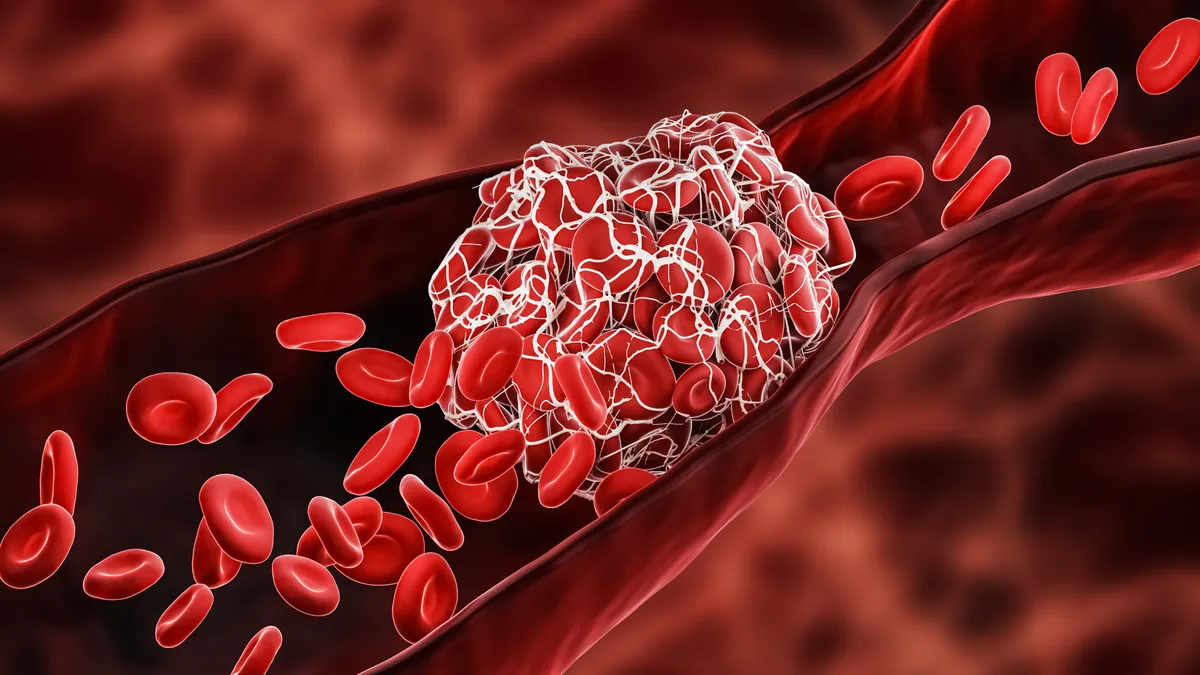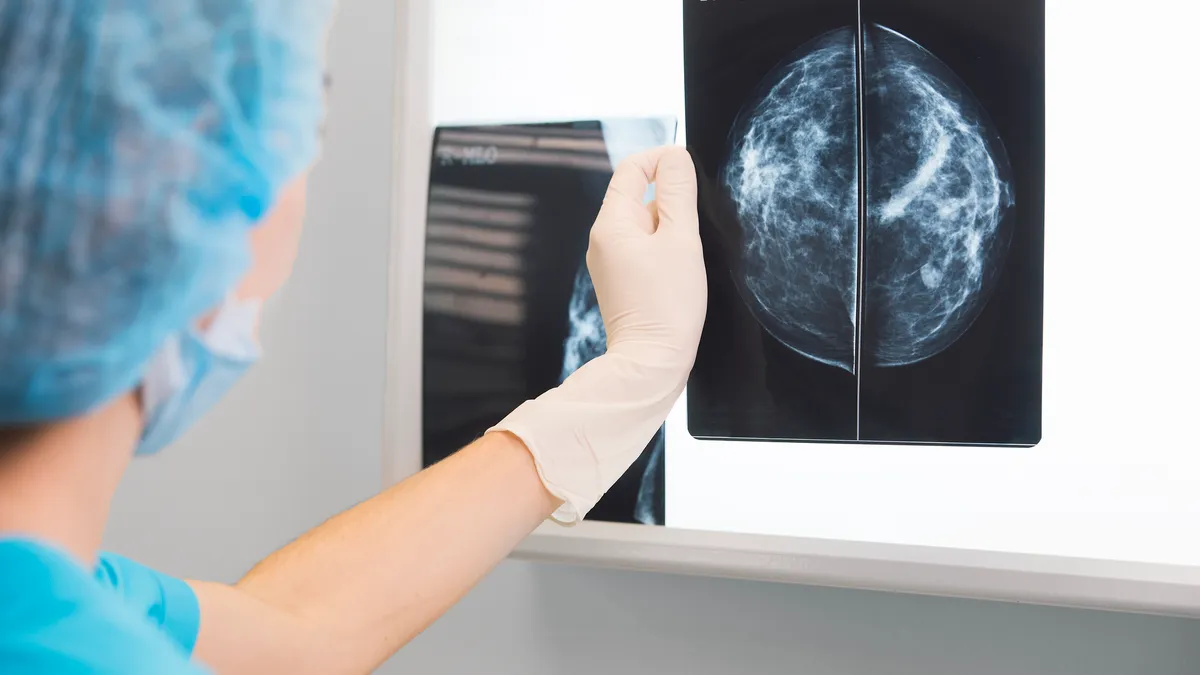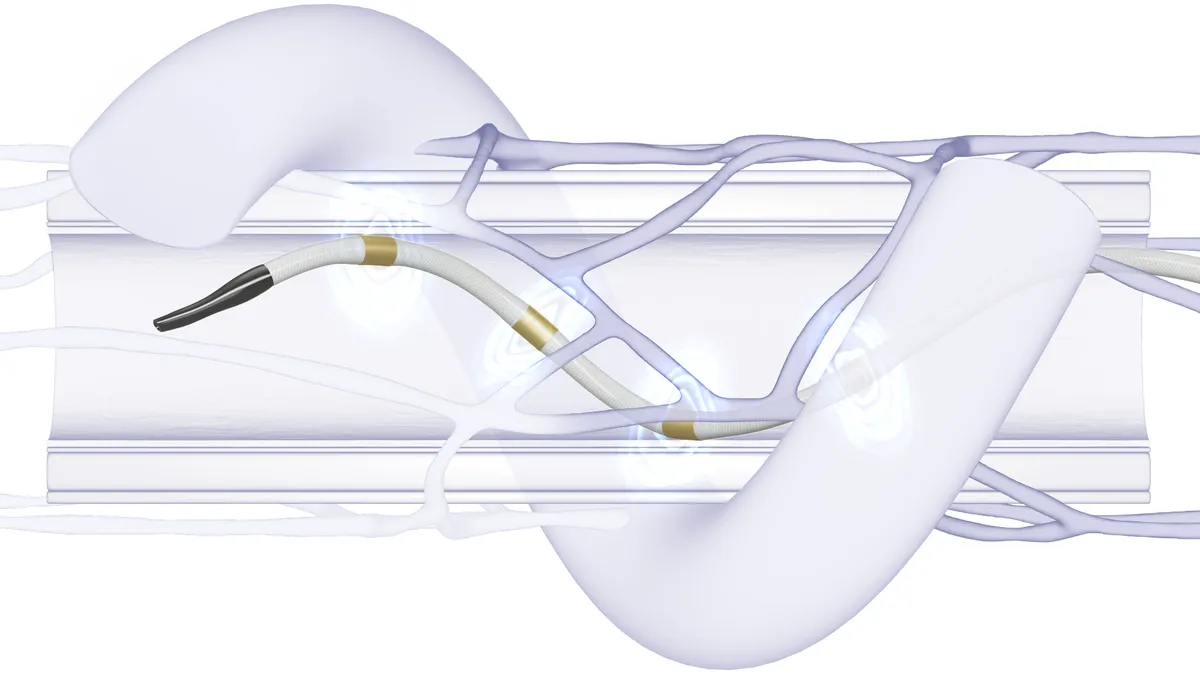A new analysis of the FDA's Manufacturer and User Facility Device Experience database finds patient deaths associated with the use of medical devices are being mislabeled in the system and potentially being missed by the agency.
In a manual review of 1,000 adverse event medical device reports identified by a natural language processing algorithm, used to identify mislabeled patient death reports in the MAUDE system, 23% of reports were labeled as injury, malfunction, missing or other, rather than death, according to the study published Monday in JAMA Internal Medicine.
The report raises more questions about the FDA's complex and often opaque public reporting process and database for medical device adverse event reports.
Madris Kinard, CEO of Device Events, which developed the software used to identify reports in the FDA's database for the study, said identifying the correct number of deaths or serious injuries in mislabeled reports is crucial as it could potentially change the safety status of some devices.
"You can't just say across the board that this is going to fix the FDA's problems. There is no one number, typically, that they say, 'Okay, well, when it reaches this number, we pull [a device.]' It really depends on other market factors," Kinard, one of the JAMA report's authors and a former FDA official, said.
However, Kinard added that some devices on the market could be a safety risk but reports are being mislabeled and then going unnoticed in the database.
"Accurate reporting of patient deaths allows the FDA to pursue investigations to determine if there is cause for concern, notify clinicians, and, when appropriate, take regulatory actions to protect patient safety. Thus, it is essential that all deaths be classified and reported appropriately as deaths," authors of the study wrote.
An FDA spokesperson said in an emailed statement that the agency reviews all medical device reports, not just those classified as death. Multiple factors should be considered when deciding whether a report should be labeled as a "death," such as if devices are Class III devices, often used in patients that may have a high risk of death.
"Any analysis of [medical device reports] needs to evaluate the totality of information provided in the original [medical device report,] and any [medical device report] supplements subsequently provided, as well as the context in which the word ‘death’ or related terms are used," according to the statement.
The spokesperson added the FDA has reached out to the lead author of the study for medical device reports believed to be misclassified to perform the agency's own evaluation.
The agency acknowledges MAUDE's limitations on the database website, noting potential for incomplete, inaccurate and duplicative reports or under-reporting. Medical device reports can also be complex as some devices are used for life-threatening situations, with patients who are very ill.
MAUDE stores medical device reports made by mandatory reporters — manufacturers, importers and device user facilities — as well as voluntary reporters like healthcare workers, patients and consumers. Medical device user facilities are required to report an adverse event to the FDA if a device has caused or contributed to the death or serious injury of a patient.
Correct labeling of medical device reports is crucial, otherwise a patient death, or multiple deaths, from a certain device may go missed.
"If a report in which a patient dies is not classified as death (eg, is reported instead as a device malfunction), the identification of safety signals may be delayed," authors of the JAMA study wrote. "Although the FDA must review all reports classified as death, it does not routinely review all reports that are classified as injury or malfunction."
Kinard said that reviews of reports take time and usually need to be conducted by physicians or specialists to understand what took place, identifying a mislabeled report does not always mean the death was directly due to an unsafe medical device.
Medical device reports, however, can show a pattern of safety issues for certain devices, including patient deaths and serious injuries.
The JAMA study analyzed 290,141 reports in MAUDE identified by the natural language processing algorithm as serious injury or death. The reports were made between Dec. 31, 1991, to April 30, 2020.
Of the total reports examined, about 52% were labeled as death and 48% were labeled as injury, malfunction, missing or other. Researchers used the algorithm to search the body or narrative of reports not labeled as death by using certain keywords or phrases, such as "patients died," "unreported cause of death," "patient later expired," and "fatal outcome."
The research team then manually examined 1,000 randomly selected reports not labeled as death and found 23% of reports referred to a patient death but were mislabeled, "suggesting that approximately 31,552 reports in our sample had deaths that were classified in other categories."
Ventricular assist bypass devices had the most adverse event reports of any device from the roughly 300,000 total reports examined, making up 13.3% of all reports. The devices were followed by dialysate concentrate for hemodialysis (liquid or powder) and transcervical contraceptive tubal occlusion devices, making up 8.7% and 5% of all reports, respectively.
Another issue highlighted by the authors is over 95% of adverse event reports were made by manufacturers, not physicians or healthcare facilities, which could represent a conflict of interest.
"There have been multiple instances of delays by manufacturers in reporting serious malfunctions and deaths that were associated with medical devices, as well as complete failures to report," the authors wrote. "As a result, it seems likely that more patients have been unknowingly treated with devices that turned out to be dangerous than would have been the case if reporting had not been delayed."
A case in point is when 32,000 women reported adverse events associated with the Essure permanent birth control device to the manufacturer between 2002 and 2013. The FDA received just 1,023 events, according to the study.
For the majority of this time period, Conceptus manufactured the Essure device. Pharmaceutical giant Bayer then purchased the company in April 2013.
An instance of delayed reporting highlighted by the study were adverse event reports associated with implantable cardiac defibrillators made by St. Jude Medical, now owned by Abbott Laboratories, and Medtronic.
The authors suggest that physicians, hospitals and patients should submit reports directly to the FDA instead of or in addition to the manufacturer.
A challenge for the FDA's Center for Devices and Radiological Health is having the resources to actually review reports mislabeled as the number of reports uploaded to MAUDE has more than doubled over the last seven years. About 150,000 medical device reports come in every month, up from an average of about 65,000 in 2014, according to Kinard.
The center has also been stretched thin and burning out over the last 18 months due to the increased workload from the coronavirus pandemic.
"[Natural language processing] is something that the FDA should be taking advantage of now and not saying, 'Oh, yeah, we'll put this on our 10-year plan or a five-year plan.' Because right now is when they're hurting," Kinard said.
This article has been updated to include the FDA's statement.




















